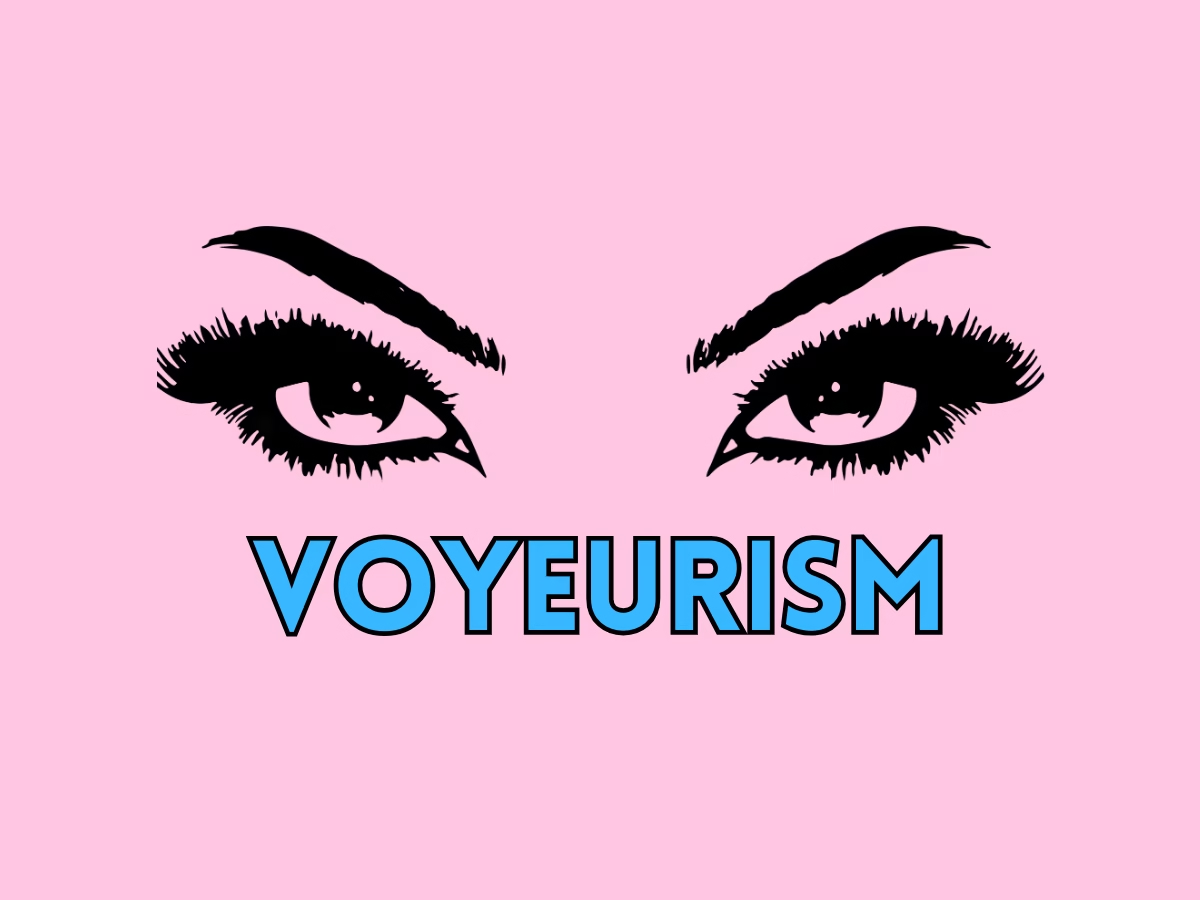Last Updated on July 23, 2024 by Lexi Kisses
Gonorrhea
What is it & How do you get it?
Gonorrhea is an STI caused by N. gonorrhoeae bacteria. This bacteria favors moist areas, which allow it to thrive in the urethra, anus, throat, reproductive system, and even sometimes the eyes. Gonorrhea is contracted by sexual contact with an infected person.
What Are the Signs & Symptoms?
Much like the other STIs on this list, gonorrhea has the potential to show no symptoms, so it’s important that after unprotected sex with a new partner, you get tested. If you are lucky enough to show them they usually occur within 2 to 14 days after contact. Some warning signs to look out for are pus-like discharge from the penis, increased discharge from the vagina, bleeding between periods, pain in the testicles, abdominal area, pelvic area, and/or pain while peeing.
If left untreated, gonorrhea can cause a plethora of issues in the victim’s body, such as infertility, or PID for those with vaginas. It even has the potential to spread to the bloodstream and cause arthritis.
How to Protect Yourself from Gonorrhea
Prevention
You can limit your chances of getting gonorrhea by using condoms for all types of sexual encounters along with getting STD tests regularly.
Treatment
In general, gonorrhea is treated with a shot of ceftriaxone. After a couple of days, the infected should feel some relief from their symptoms. If not, they still may have it. Treating gonorrhea is becoming more and more difficult due to strains becoming antibiotic-resistant. This means that if you do receive treatment, it’s important to go back for a follow-up to ensure the gonorrhea is gone. If not, they can offer another form of treatment. The other treatment is more extensive and lasts 7 days.





One comment on “3 Common STDs and Their Symptoms”